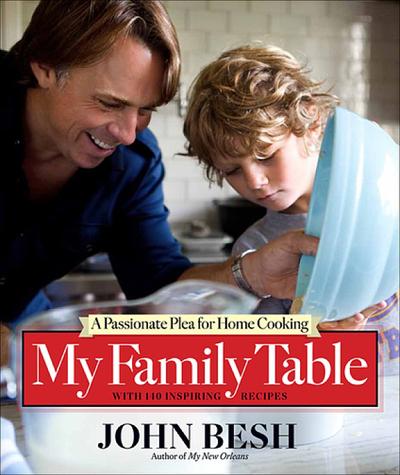Rules and Techniques Help
Question
I am a 15 year old studying for her GCSEs in the UK. One of my chosen sports for my physical education GCSE is volleyball, and because of this I have to find the answers to some questions. They are probably very simple, but please could you reply quite quickly, by Sunday if possible, as I don`t understand them. Thank you in advance, and I hope they won`t take up too much of your time.
1. Please could you tell me what two possible faults at service are, besides the server hitting the ball out of court?
2. Please could you state and explain the correct refereeing decision when:
a)in the course of play, a player dives and heads the ball over the net
b)a blocker blocks the ball and then plays the ball immediately again off the net on their side to try and keep the ball `alive`
3. Please could you explain the following terms:
a)dead ball
b)held ball
c)rotation
d)switching
4. Please could you describe the technique of the two handed dig pass making reference to the hands, arms, back and legs.
5. Please could you explain what is meant by covering the smash.
6. `The initial placing of the players on court in a certain rotational order will have a great bearing on the team potential.` Please could you tell me what the thinking behind this situation is.
The explanations do not need to be too scientific, but if there are any proper terms I ought to know, please could you tell me them.
Thank you very much.
Yours gratefully,
Alison
Answer
Here you go Allison:
1. Hitting the ball into or touching the net (although the let serve is now allowed in international competition); Stepping on the service line; serving out of rotation; taking longer than 5 seconds from the whistle.
2. a)legal play; b)legal play (the block itself does not count as a contact.
3. a)after the second whistle has blown or ball contacts an out of bounds structure
b)a ball that rests too long on any part of the body (usually in a setting attempt; also known as a "lift")
c)either: 1)the order in which the players serve and are placed and move around the court(counterclockwise from the right-back position); 2) the spin of the ball oftentimes erroneously used to judge the legality of the set; or 3) a specific type of defensive alignment; 4) the act of players legally exchanging court positions (after the serve is contacted) to move to their preferred postitions.
4. feet are shoulder width and balanced; knees bent so they at least overhang the toes, back is straight, head is up; arms are straight, locked and parallel, wrists up, hands united or interlocking in one of three acceptable grips; body and arms as low as possible and arms should be as parallel as possible to the floor; the shoulders should be facing the target whenever possible.
5. Covering the "smash" (hit, attack or spike in US lingo)
is the process of the non-hitting players placing themselves in an umbrella formation, low to the ground, and surrounding the attacker in order to pass, or at least touch, the ball should it be blocked back into the attacker's court.
6. There are several considerations for the intial rotation set-up, including: 1) you want your strongest attacker or blocker-usually a middle- in the front left position so he will start with three rotations across the front row; 2)You want your strongest server either starting the game or rotating to the service position for the first serve; 3)You want your setter to precede the middle blocker (especially in a 5-1 offense)so he can be stacked at the net more effectively in back row serve receive; 4)You want your setter in a 5-1 or strongest setter in a 6-2 or 6-0 to start in the backcourt or front right position so you begin the game with three attackers in the front court; 5) you might want to start a defensive specialist in the backcourt to maximize substition efficiency.
I hope this has been helpful and quick enough for you Alison! Good luck and please feel free to contact me if you have any further questions or need more clarification.
-Crutch
Where is te road to improvement
Serving Drills


